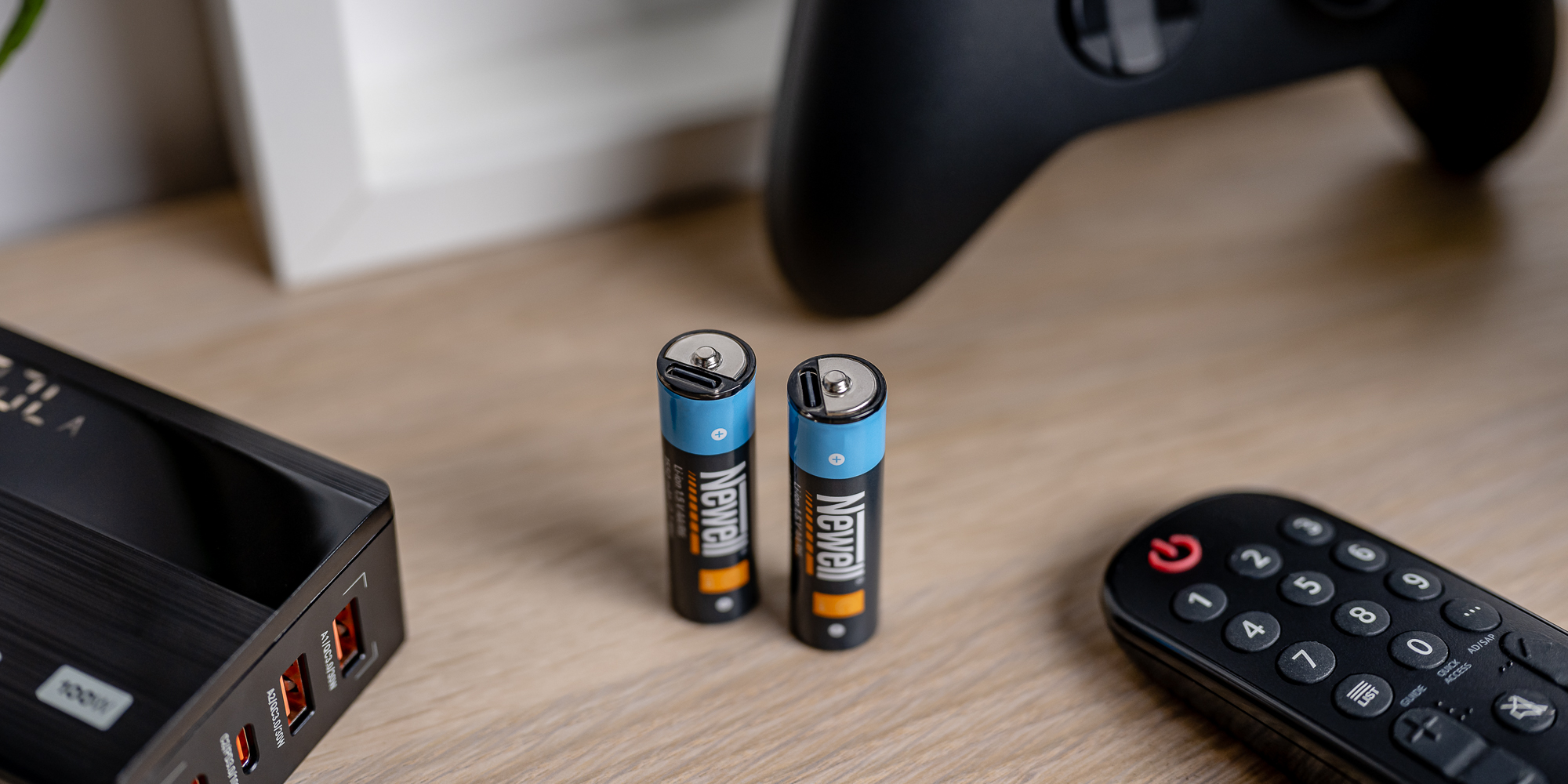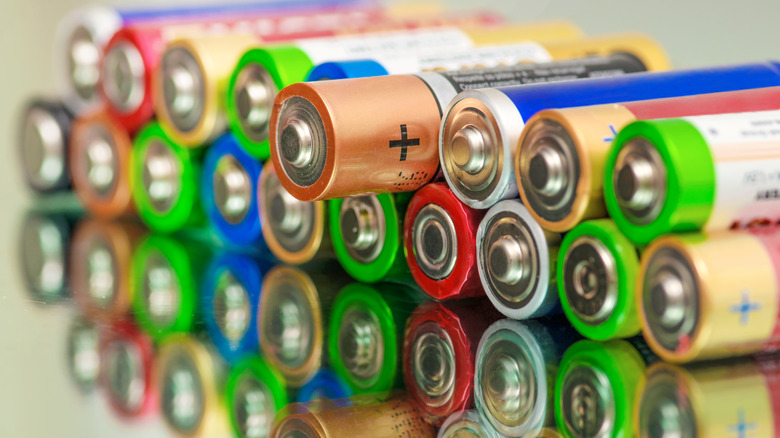If you’re like most people, your home is filled with devices that rely on AA or AAA batteries—TV remotes, fans, toys, wireless mice, and more. These devices often stop working at the most inconvenient times, leading to emergency trips to the store or frantic battery swaps. But what if there were a smarter, eco-friendly, and cost-effective solution that let you ditch disposable batteries for good?
That solution exists—and it’s a surprisingly simple DIY rechargeable battery mod for household devices like remotes. By making just a few small changes, you can save money, reduce household waste, and never worry about dead batteries again.
Why Ditch Disposable Batteries?
The average household goes through dozens of disposable batteries each year, most of which end up in landfills. Not only is this expensive in the long run, but it also contributes to environmental pollution.
According to the U.S. Environmental Protection Agency (EPA), billions of batteries are purchased each year in the U.S. alone, and many are not disposed of properly—leading to the leakage of heavy metals such as mercury and cadmium into the environment.
Transitioning to rechargeable power can drastically reduce your environmental footprint while also cutting recurring costs on battery replacements.

What You’ll Need for the Rechargeable Battery DIY Hack
To convert your battery-powered remote into a USB-rechargeable device, you’ll need a few basic components, all of which are inexpensive and widely available online:
- Rechargeable lithium-ion battery (e.g., 3.7V 14500 cell) – This battery is similar in size to a standard AA battery but is rechargeable and provides a consistent output.
- TP4056 USB charging module – A compact charging circuit that safely charges lithium-ion batteries via USB.
- 1N4007 diode – Prevents reverse current that could damage the battery or charging circuit.
- Soldering tools – Including a soldering iron, wire, and heat-shrink tubing or electrical tape.
- Micro USB or USB-C port – For plugging in a charging cable.
- Dremel or drill tool – To carefully make an opening in the back of your remote for the USB charging port.
Important note: Always exercise caution when working with lithium batteries and electronics. If you’re not experienced with soldering or electronic components, seek guidance from a trained technician.

Step-by-Step: How to Make Your Remote Rechargeable
1. Open the Remote
Carefully open the back of your remote to access the battery compartment. Remove any old AA or AAA batteries.
2. Prepare the 14500 Battery
Solder leads to the positive and negative terminals of the 14500 lithium-ion battery. Ensure correct polarity (red wire to positive, black to negative).
3. Wire the Charging Module
Connect the battery leads to the B+ and B− terminals on the TP4056 charging module. Then solder a USB port (micro USB or USB-C) to the TP4056’s input pads (IN+ and IN−).
4. Add the Diode
Install the 1N4007 diode between the output of the TP4056 and the remote’s power contacts. This will protect against any unwanted reverse current that might damage your circuit or the remote.
5. Fit Components in the Remote
Place the rechargeable battery and charging module into the remote’s battery compartment. Use a Dremel to cut a small hole in the casing for the USB charging port.
6. Secure and Test
Use hot glue or double-sided tape to secure the components inside. Carefully close the remote casing, ensuring no wires are pinched. Plug in a USB cable to test the charging function and check that the remote works as expected.

Optional Upgrade: Bluetooth or Wi-Fi Functionality
If you’re comfortable working with microcontrollers, consider upgrading your remote with a Bluetooth module (like ESP32). This allows you to pair the remote with smartphones or smart home devices, and even reprogram it for custom functions like volume automation, voice control, or IR command replication.
Benefits of This Rechargeable Remote Hack
Cost Savings
Rechargeable batteries can last hundreds of charge cycles. Over time, this reduces the cost of purchasing disposable batteries—saving most households $50–$100 annually depending on usage.
Eco-Friendly
This mod significantly reduces battery waste, contributing to a more sustainable lifestyle. According to the Battery Council International, rechargeable batteries have a significantly lower environmental impact compared to single-use options.
Always Ready
Instead of hunting for spare AA batteries, you’ll be able to recharge your remote using a standard USB cable. Perfect for tech-savvy homes with plenty of USB power sources already in place.
Educational Value
This project is a great introduction to basic electronics, soldering, and battery safety. It’s a rewarding experience for anyone interested in DIY and home tech improvement.

Considerations Before You Begin
- Voltage compatibility: Ensure that the 3.7V 14500 battery doesn’t exceed the operating voltage of your remote or device. Most AA-powered devices work within a safe voltage margin, but it’s important to double-check.
- Charging safety: Never leave lithium-ion batteries charging unattended. Use TP4056 modules with overcharge protection, and make sure your components are insulated and secured.
- Space constraints: Not all remotes have enough internal space for the battery + module + USB port. Measure components beforehand or consider a 2xAA to 1×14500 adapter mod if needed.

Conclusion: Power Your Remote Smarter
With this easy and affordable DIY mod, you can stop buying disposable batteries, reduce your household waste, and power your remote using a USB cable instead. Whether you’re eco-conscious, budget-savvy, or just love a good weekend project, converting your remote to a rechargeable setup is a smart and sustainable move.
You’ll not only save money, but also gain peace of mind knowing your devices are always ready when you need them—without trips to the store or overflowing junk drawers filled with half-dead batteries.
Verified and Helpful Resources:
- U.S. Environmental Protection Agency (EPA) – Battery Recycling and Disposal
https://www.epa.gov/recycle/used-household-batteries - Battery University – Lithium Battery Charging Guide
https://batteryuniversity.com/article/bu-409-charging-lithium-ion - Espressif Systems (ESP32 Documentation)
https://www.espressif.com/en/products/socs/esp32
